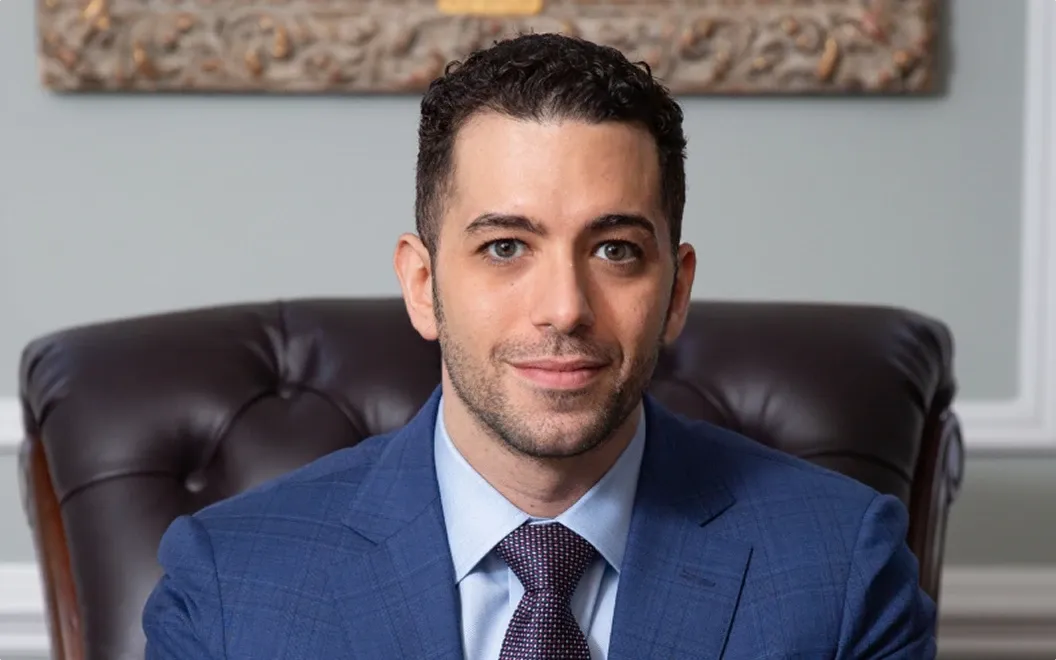The Endoscopic Incisionless Facelift: A Minimally Invasive Breakthrough for Early Facial Aging
If you’re in your 30s or early 40s and beginning to notice early signs of aging—subtle jowling, loss of jawline definition, or mild facial sagging—you may be searching for a solution that’s more effective than a threadlift, but less invasive than a full facelift. Enter the Endoscopic Incisionless Facelift—a new, minimally invasive approach that offers natural-looking lift and tissue support with minimal downtime and no visible scars.
This innovative procedure leverages endoscopic equipment traditionally used in thyroid surgery to gently access and elevate the underlying SMAS (superficial musculoaponeurotic system), providing lasting rejuvenation in properly selected patients. Below, we answer the most frequently asked questions about this new technique.
This innovative procedure leverages endoscopic equipment traditionally used in thyroid surgery to gently access and elevate the underlying SMAS (superficial musculoaponeurotic system), providing lasting rejuvenation in properly selected patients. Below, we answer the most frequently asked questions about this new technique.
What is the Endoscopic Incisionless Facelift?
The Endoscopic Incisionless Facelift is a surgical procedure that uses two small hidden incisions and a rigid endoscope to access the deeper facial support layers—specifically, the SMAS plane. Using long, precise instruments, the surgeon performs a limited dissection and plication of the SMAS under direct visualization. Unlike skin-only or thread-based lifts, this approach relocates facial support structures, restoring contour with a natural vector of pull and minimal trauma.

How is this different from a traditional facelift?
While a traditional facelift involves large incisions around the ears and extensive skin and soft tissue dissection, the Endoscopic Incisionless Facelift offers a refined approach. The incisions are typically less than 1.5 cm and hidden within the hairline or natural creases, requiring only limited dissection. This translates to a shorter recovery period, less swelling and bruising, and virtually no visible scarring. Traditional facelifts are ideal for moderate to severe aging, but for younger patients with early laxity, this less invasive method provides the structure and lift they need—without the downtime of major surgery.
How does this differ from a PDS threadlift?
The key difference lies in the level of anatomic correction. PDS threadlifts use barbed sutures to superficially pull small sections of tissue upward, without actual repositioning of the SMAS layer. Over the course of 6 to 12 months, those threads dissolve and the tissue often returns to its original position. The Endoscopic Incisionless Facelift, on the other hand, gently undermines and lifts the SMAS layer using direct surgical access. It allows true elevation and anchoring of facial support structures, resulting in longer-lasting and more reliable results—especially for those seeking subtle but meaningful changes. While threadlifts simulate a lift, this technique actually performs one.
Who is the ideal candidate?
This procedure is best suited for men and women in their 30s and early 40s (some patient’s in their 20s) who are just starting to see the effects of gravity. Ideal candidates are those with mild jowling, early soft tissue descent, and good skin elasticity. It’s particularly well-matched for individuals who feel they’re too young or not ready for a full facelift but want something more durable and structural than what threads or injectables can offer. It’s not intended for patients with significant skin laxity, prominent neck bands, or heavy jowling—those individuals may require more comprehensive facial surgery.
What is the recovery like?
Recovery is generally quick and well tolerated. Most patients resume social activity within three to five days, with minor swelling or bruising typically resolving by the end of the first week. Discomfort is usually mild and can be managed with over-the-counter medications. Since there are no large incisions, the risk of visible scarring is minimal, and downtime is far less than that associated with a full facelift. A light compression dressing may be used for a day or two, and most patients return to full activity shortly thereafter.
How long do results last?
While not as long-lasting as a full deep plane facelift, the results of the Endoscopic Incisionless Facelift typically endure for three to five years. This depends on the patient’s age, skin quality, and lifestyle. It significantly outperforms threadlifts in durability because the SMAS is actually relocated and sutured into position, rather than temporarily suspended.
Are there any risks?
As with any surgical procedure, there are risks, but they are minimal in healthy candidates. Because the dissection is limited and performed under endoscopic guidance, the risk of nerve injury or deep bleeding is significantly reduced. The incisions are small and carefully placed to heal invisibly. Most patients experience only mild swelling and temporary tightness in the early days after surgery.
Is this a true “incisionless” procedure?
The term “incisionless” here refers to the absence of traditional, long facelift incisions. This technique uses only two small access points, typically hidden in the hairline or in natural skin creases. These incisions are so discreet they are virtually undetectable once healed, making the procedure a compelling option for patients concerned about scarring or unnatural appearance.
Is this technique widely available?
No. This is a pioneering technique that has been developed and is currently offered exclusively by Dr. Moustafa Mourad in New York City. It combines Dr. Mourad’s expertise in head and neck endoscopic surgery with his advanced aesthetic facial surgery background, resulting in a hybrid procedure that marries the best of both worlds: surgical precision and cosmetic artistry.


Meet Dr. Moustafa Mourad
Dr. Moustafa Mourad is a double board-certified facial plastic and reconstructive surgeon based in New York City. He is internationally recognized for his innovation in aesthetic surgery and for pushing the boundaries of minimally invasive techniques. With a background in both facial cosmetic surgery and complex head and neck procedures, Dr. Mourad has earned a reputation for blending anatomical expertise with aesthetic sensibility. He is frequently sought out for his custom approach to facial rejuvenation and his ability to achieve natural, harmonious results without the stigma of looking “done.”

Book a Consultation
The Endoscopic Incisionless Facelift is currently available only through Dr. Moustafa Mourad in New York City. If you’re looking for a subtle, long-lasting lift with minimal downtime, this cutting-edge technique may be the solution you’ve been waiting for.
Book your consultation today and discover whether this approach is right for you.
Book your consultation today and discover whether this approach is right for you.
